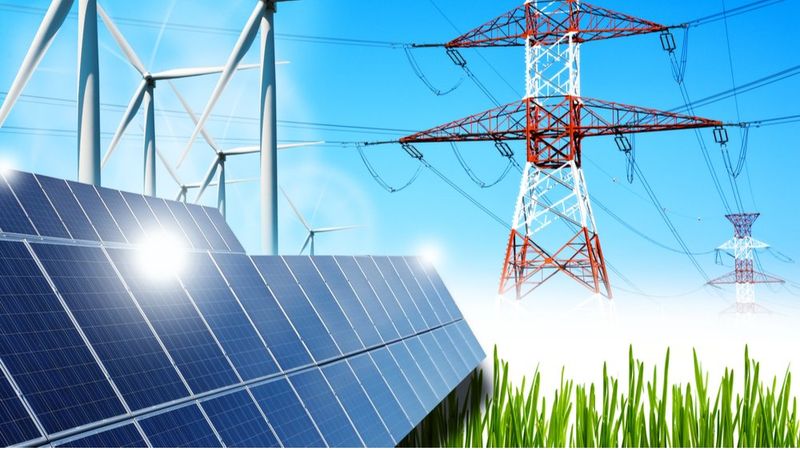Building smarter grids with wireless technology
As utilities and consumers switch to green energy sources, the IoT is used to analyze usage patterns and predict faults to make electricity grids more intelligent and reliable.

This article was first published on
blog.nordicsemi.comAs utilities and consumers switch to green energy sources, the IoT is used to analyze usage patterns and predict faults to make electricity grids more intelligent and reliable.
Today, the means of generating electricity are undergoing a significant shift. Almost a third of global electricity already comes from renewable sources (according to the IEA's 2021 Global Energy Review). It will only increase as countries meet their emission pledges with concrete action.
However, this upheaval—coupled with the demand generated by more than 90 percent of the world's population now having access to electricity—has increased the strain on conventional electrical grids. To ensure the networks remain stable, power generation and demand must be carefully balanced. This is tough for decades-old grids that were hardly built with fickle solar and wind renewable sources in mind.
A smarter, cleaner way forward
Renewable energy tends to be inconsistent – clouds can block the sun, and winds can stop. And new technologies, like solar panels and batteries, are often "behind the meter," sending electricity directly to the user's property without passing through the grid. That makes it hard for utilities to predict when such systems will be available to pass their excess energy into the wider system.
A solution to this challenge is the introduction of smart grids. These robust, computerized energy networks analyze data from devices and users and employ the information to improve reliability and eliminate supply and demand blind spots.
Predictive maintenance of the grid
Today's conventional fault detection usually involves a technician visiting the site to determine the nature of the problem. That takes time, extending outages.
But an early benefit of smart grids is their ability to find and fix possible grid issues in advance of failure. Monitoring products are already hitting the market. Slovenian firm, Izoelektro, for example, has created a device for remote monitoring of power grids and surge arresters that can be attached to utility poles. The RAM-1 device includes voltage, temperature, accelerometer, and surge counter sensors. These variables can then be monitored to indicate a fault - for example, extremely high temperatures pointing to a fire.
The device uses Nordic Semiconductor's nRF9160 SiP, which also has in-built GPS capabilities that can transmit the precise location of the issue and dramatically improve response times. The SiP performs a good deal of edge processing to ensure it sends only relevant insights, limiting false alarms.
Minimizing the outage times
The nRF9160 SiP supports LPWAN cellular technologies LTE-M and NB-IoT. They are ideal for smart grids because they leverage nationwide existing cellular network infrastructure and can be powered for years by modest batteries. The RAM-1, for example, can operate for up to two decades from a single primary Li-MnO2 cell.
Smart grids allow utilities to fix many problems remotely and quickly bypass faults by redirecting energy via unaffected network sections. According to one U.S. smart grid report, the impact of this flexibility is significant; in any given year, smart grids reduced the time customers experienced an outage by up to 51 percent and reduced the number of customers affected by outages by up to 45 percent.
Balancing act
As variable energy sources like solar and wind renewables become more widespread, better visibility is vital to decrease outages further. Energy consultant and author Peter Fox-Penner notes that up-to-date information about grids enhances flexibility. He explains smart grids will monitor everything at a fine level of detail and react fast, so operators have time to switch on another plant if wind speed drops or clouds reduce solar output.
The shift to the smart grid is also an opportunity to replace older (and less secure) monitoring systems with more modern IoT gateways. For example, Nordic's nRF9160 SiP includes layers of protection with Arm TrustZone's hardware-enforced isolation of critical components and Arm CryptoCell for Internet-level encryption and application protection.
Towards the Internet of Energy
There are many benefits to this "Internet of Energy." For users, there will be a more reliable supply and reduced costs. Fine-grained monitoring and edge computing will lead to higher utilization, earlier fault detection, lower maintenance costs, and higher ROI for utilities and energy operators.
Governments and policymakers will also be able to use smart grid data to plan future network infrastructure better. But the big winner in all this will be the planet, as smart grids contribute to real emission reductions.
This article was first published on Nordic's Get Connected Blog.